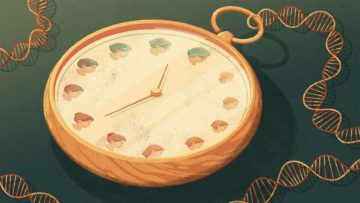Ingrid Wickelgren in Quanta:
 This time a year ago, Steve Horvath was looking for pangolin DNA. The ancient scaly anteater would be a first for his collection, which was then about 200 mammals strong. “I didn’t have any of that order, which is why I desperately wanted them,” he recalled.
This time a year ago, Steve Horvath was looking for pangolin DNA. The ancient scaly anteater would be a first for his collection, which was then about 200 mammals strong. “I didn’t have any of that order, which is why I desperately wanted them,” he recalled.
Since the summer of 2017, Horvath, who until recently was an anti-aging researcher at the University of California, Los Angeles, has spent as much as 10 hours a day penning emails to zoos, museums, aquariums and laboratories. He has attended talks on bats and Tasmanian devils to meet their keepers. He has reached out to the far corners of the world, begging for the DNA of flying foxes, vervet monkeys, minipigs and bowhead whales.
With that vast menagerie of samples, he has built computational clocks that can calculate the age of creatures as diverse as shrews, koalas, zebras, pigs and “every whale you can name,” he said, just by looking at their DNA. But those were merely steps toward the completion of Horvath’s ambitious moonshot of a project: a universal clock that could measure the biological age of any mammal.
More here.
